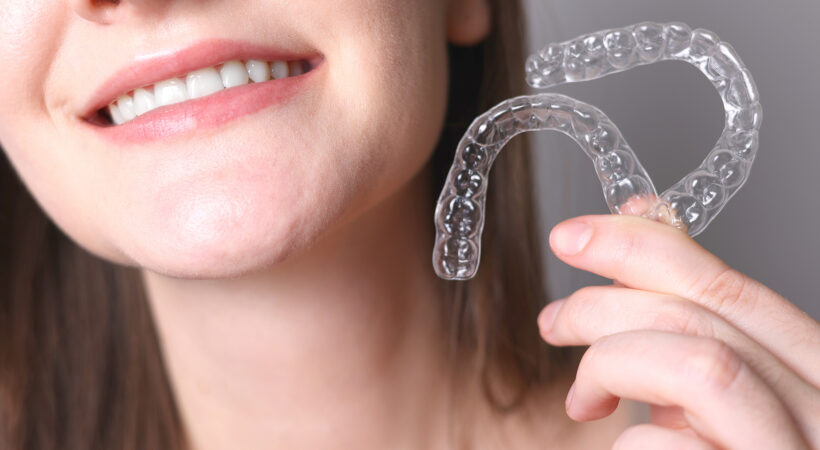In the ever-evolving landscape of modern dentistry, orthodontics stands as a cornerstone, not only for its transformative impact on smiles but also for its pivotal role in shaping the dental industry itself. From traditional braces to innovative clear aligner systems, the journey of orthodontics reflects a convergence of technology, science, and patient-centric care. As we delve into the evolution of orthodontics, we uncover not only the advancements in treatment modalities but also their profound implications for dental practices, patient experiences, and even dental marketing strategies.
Orthodontics: A Historical Perspective
The roots of orthodontics can be traced back centuries, with early attempts to straighten teeth documented as far back as ancient civilizations. However, it wasn’t until the 18th and 19th centuries that orthodontics began to take shape as a distinct discipline within dentistry. Pioneers like Pierre Fauchard and Edward Angle laid the foundation for modern orthodontics, introducing concepts of tooth movement and the use of appliances to correct malocclusions.
The Advent of Modern Orthodontics
The 20th century witnessed significant advancements in orthodontic techniques and materials. Traditional metal braces, with their effectiveness in aligning teeth, became the gold standard for decades. However, the introduction of ceramic braces offered a more aesthetically pleasing alternative, catering to patients’ desires for less noticeable orthodontic treatment. Furthermore, the development of lingual braces, placed behind the teeth, revolutionized orthodontics by providing a discreet option for those seeking orthodontic correction without visible appliances.
The Rise of Clear Aligner Therapy
Perhaps the most transformative development in orthodontics in recent decades has been the advent of clear aligner therapy. Brands like Invisalign® have pioneered the use of transparent, removable aligners to gradually shift teeth into proper alignment. This technology not only offers greater comfort and convenience for patients but also addresses aesthetic concerns associated with traditional braces. The widespread adoption of clear aligner therapy has reshaped the orthodontic landscape, with an increasing number of patients opting for this discreet and versatile treatment option.
Orthodontics and Modern Dentistry
Orthodontics is no longer viewed as merely a corrective measure for malocclusions but as an integral component of comprehensive dental care. In modern dentistry, orthodontic treatment is often incorporated into interdisciplinary treatment plans to achieve optimal oral health and aesthetics for patients. Dentists collaborate with orthodontists to address various issues, including bite alignment, tooth spacing, and jaw discrepancies, ensuring holistic care that goes beyond individual procedures.
Dental Marketing Strategies in Orthodontics
The evolution of orthodontics has not only transformed patient experiences but also reshaped dental marketing strategies. In an era where aesthetics play a significant role in dental decision-making, practices must adapt their marketing efforts to highlight the benefits of orthodontic treatment. Emphasizing the aesthetic advantages of clear aligner therapy, promoting the expertise of orthodontic specialists, and showcasing before-and-after transformations can be powerful marketing tools to attract patients seeking cosmetic dental solutions.
Doubling your cosmetic dental practice, for dental practices looking to expand their cosmetic dental services, incorporating orthodontics can be a game-changer. By integrating orthodontic treatment options into their service offerings, practices can attract a broader patient base seeking aesthetic improvements. Investing in training for dentists and staff to provide orthodontic consultations and treatment further enhances the practice’s credibility and expertise in cosmetic dentistry. Moreover, leveraging digital marketing channels to target audiences interested in orthodontic solutions can yield significant returns on investment, effectively doubling the practice’s cosmetic dental revenue.
The Future of Orthodontics
As technology continues to advance, the future of orthodontics holds promise for further innovation and refinement. From AI-driven treatment planning to 3D-printed aligners customized for each patient, the possibilities are endless. Moreover, interdisciplinary collaboration between dentists, orthodontists, and other specialists will continue to drive comprehensive, patient-centric care. As orthodontics continues to evolve, its impact on modern dentistry and the dental industry as a whole will remain profound, shaping smiles and practices for generations to come.
The evolution of orthodontics in modern dentistry represents a journey marked by innovation, collaboration, and patient-centric care. From traditional braces to clear aligner therapy, orthodontics has transformed not only smiles but also the way dental practices approach patient care and marketing. By embracing the advancements in orthodontic technology and incorporating them into their service offerings, dental practices can position themselves at the forefront of cosmetic dentistry, doubling their potential for growth and success in today’s competitive market.
